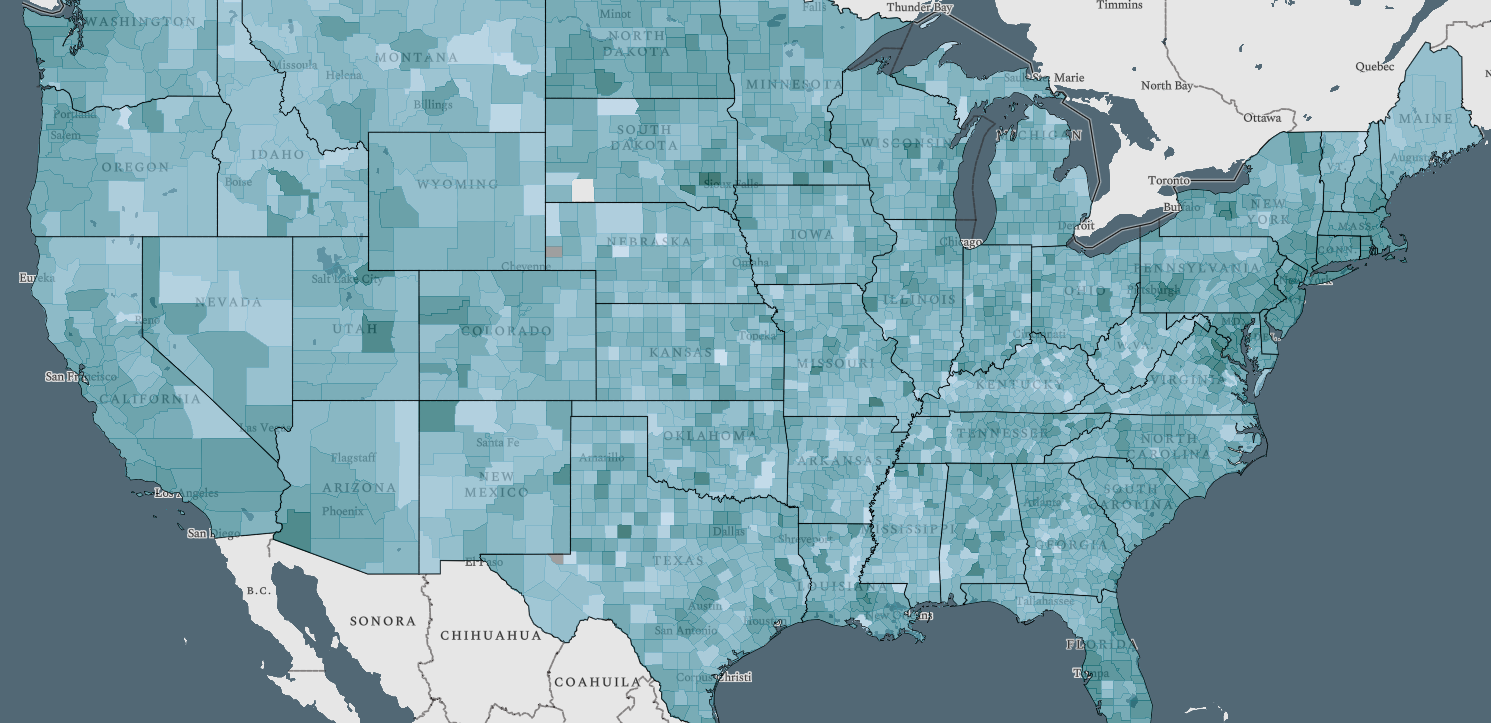Federal Communications Commission and Internet Providers Need to Improve Broadband Mapping, Say Experts
WASHINGTON, July 31, 2019- Broadband mapping experts believe that the Federal Communications Commission and internet service providers are not doing enough to improve its reporting of nationwide internet coverage. The Schools, Health & Libraries Broadband Coalition hosted a webinar on Wednesday to d

WASHINGTON, July 31, 2019- Broadband mapping experts believe that the Federal Communications Commission and internet service providers are not doing enough to improve its reporting of nationwide internet coverage.
The Schools, Health & Libraries Broadband Coalition hosted a webinar on Wednesday to discuss how current broadband mapping inefficiently displays lack of connectivity.
The FCC keeps hammering the message that 92 percent of people in the U.S. have internet access, said Sascha Meinrath, director of X-Lab. But that statement, he said, isn’t true.
The head of the Center for Internet as Infrastructure Bob Ballance referenced FCC Commissioner Jessica Rosenworcel’s statement that “the future belongs to the connected.”
However, he said, connectivity often comes down to the district in which people reside. Even as the quality of broadband improves, providers must constantly update their maps to get a better understanding of areas that need coverage.
Every data set collected, Ballance said, will have its own limitations. That is why it’s important to combine the mapping data that the FCC provides and data that is self-reported from individual communities.
Broadband mapping in the U.S. is unusual, said Meinrath, in that the maps distributed by providers do not necessarily reflect the experiences of people on the ground. People are told that high-speed internet is available when people who are self-reporting say that they do not have that connectivity available.
What’s especially concerning, he said, is that the discrepancies between FCC data and on-the-ground internet speed tests have increased over the past few years. X-Lab scrutinized this information by compared their coverage results for the state of Pennsylvania to those of the FCC.
The FCC’s map of Pennsylvania shows that 100 percent of the state is connected to broadband, said Meinrath. X-Lab, on the other hand, identified only a few areas of the state that provided service higher than the FCC minimum broadband speed.
The government must provide clean and reasonable mapping data, said Ballance. Because there are so many hyperbolic statements surrounding broadband, he said, misinformation about broadband usage can easily spread.
It is critical that broadband mapping capture specifically how many households receive data and where internet providers are primarily located, said Meinrath.
(Illustration from “United States of Broadband Map,” by the New America Foundation.)











Member discussion